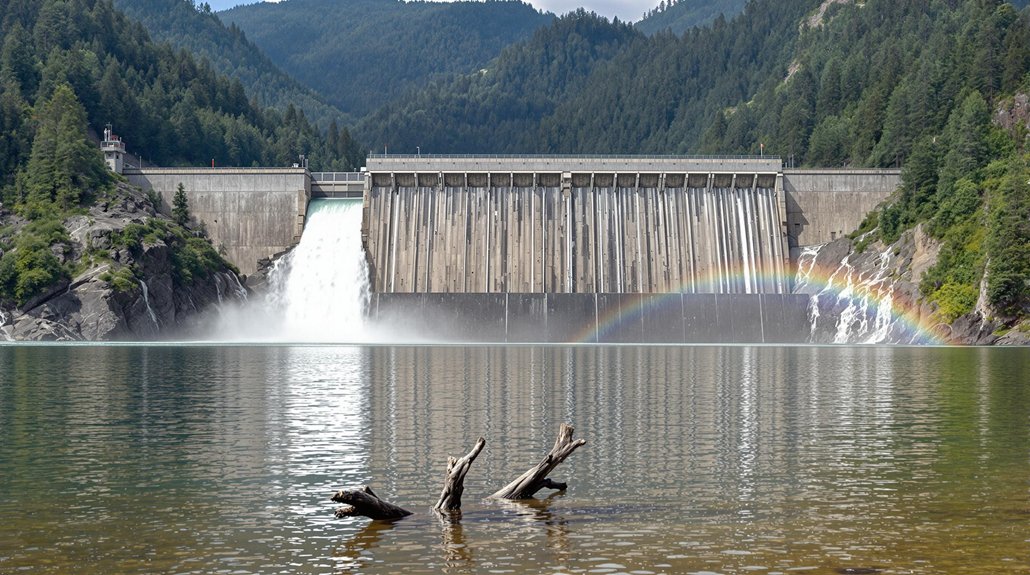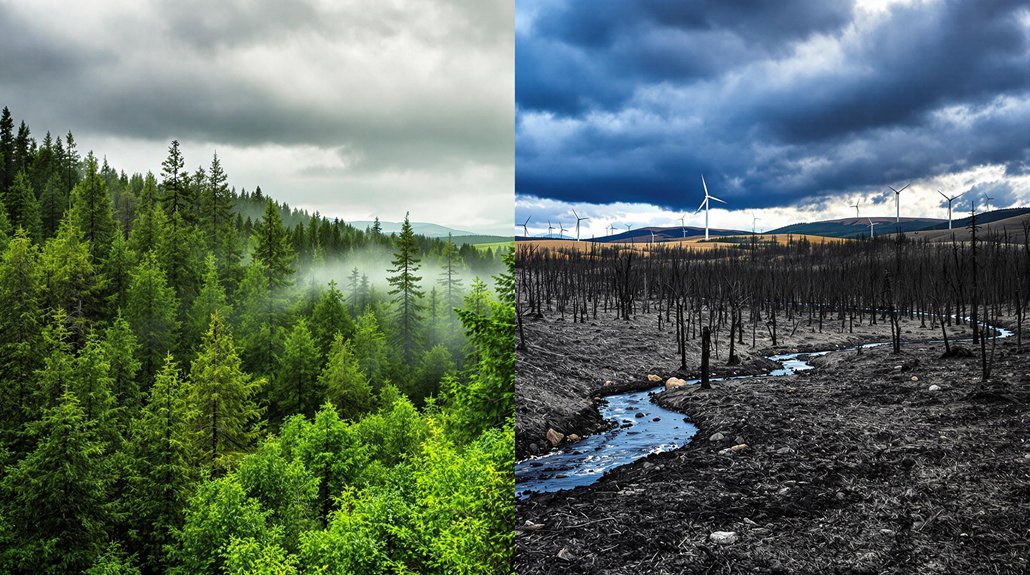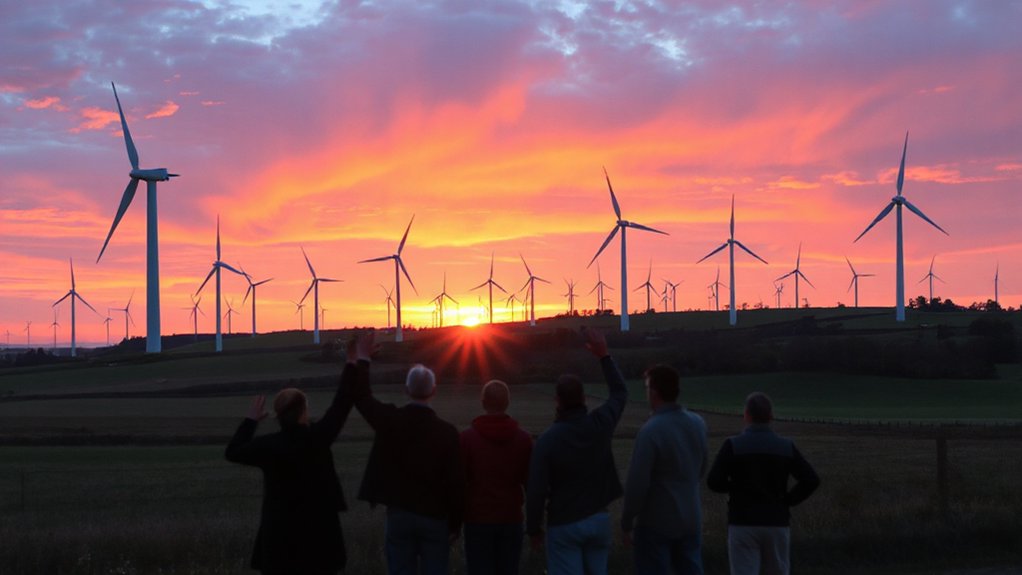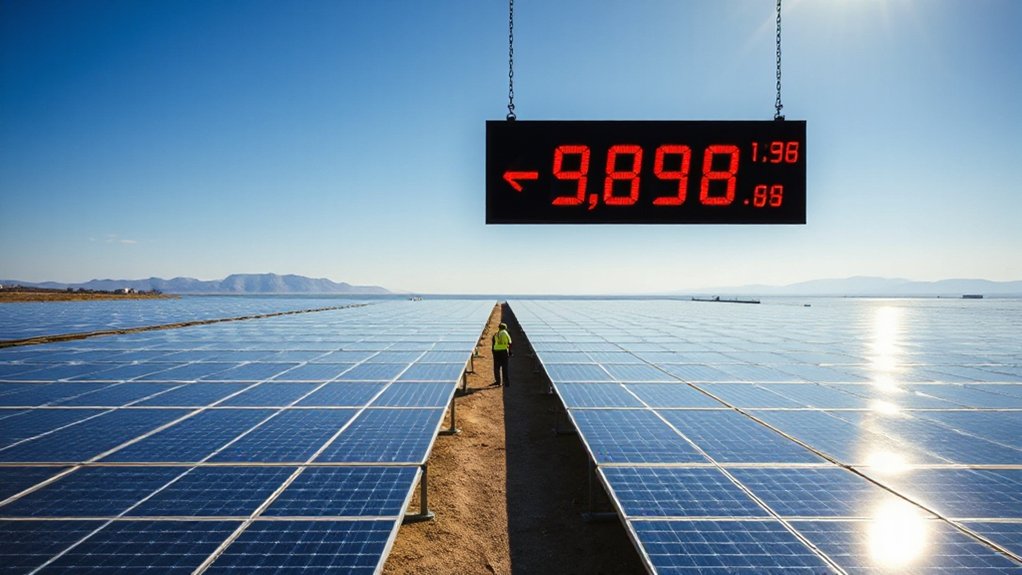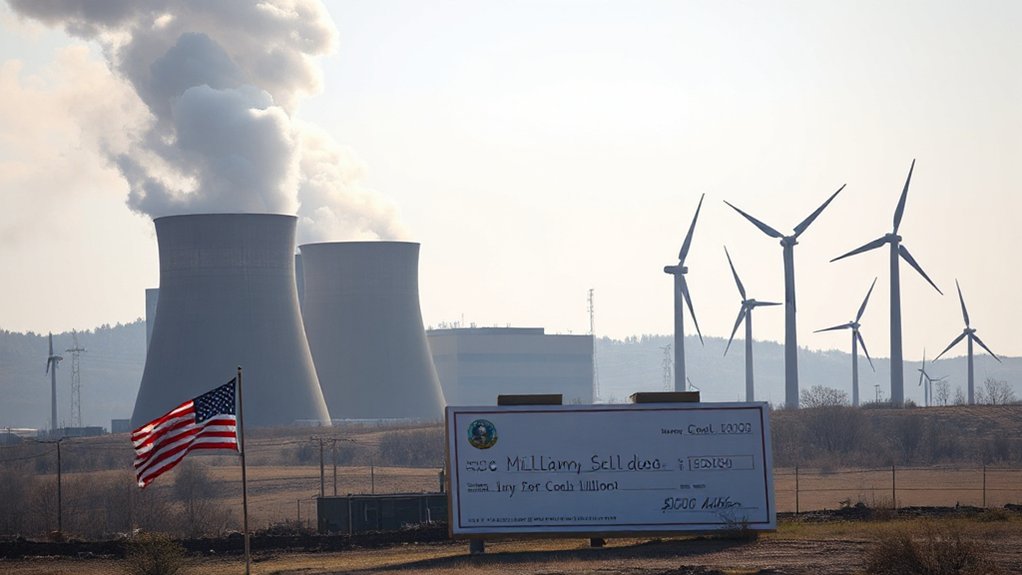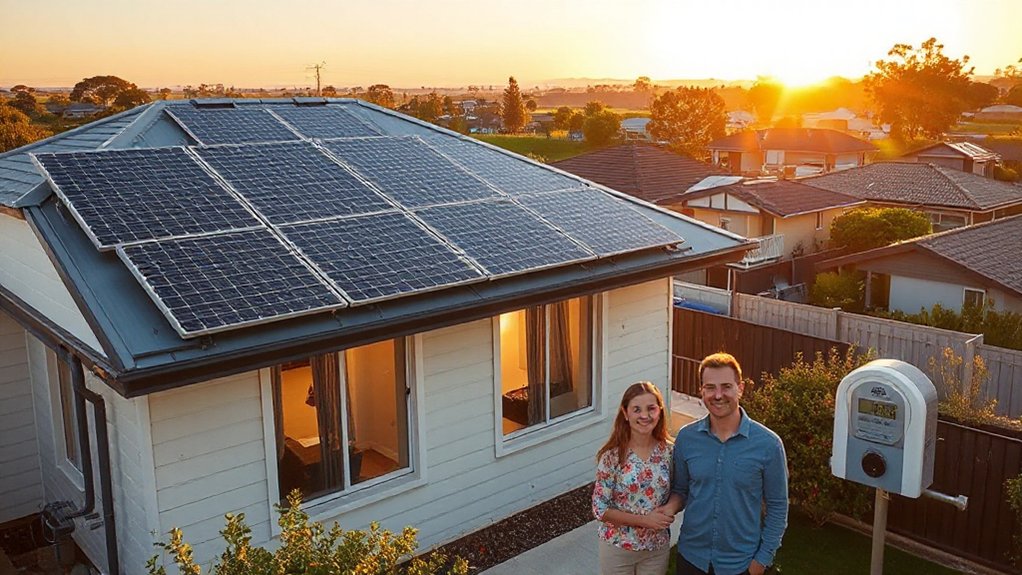Geothermal energy is absolutely renewable – it’s Earth’s natural heat factory at work. The planet’s core continuously generates heat through radioactive decay, making geothermal power a reliable 24/7 energy source. Unlike fickle solar and wind power, geothermal plants keep churning out electricity regardless of weather or season. It’s clean too, with practically zero greenhouse emissions. The best part? Those underground heat reservoirs naturally recharge themselves. There’s a whole lot more to this underground powerhouse than meets the eye.

How exactly can something buried deep underground be considered renewable? The answer lies deep within Earth’s core, where heat is continuously produced. The continuous heat generation occurs through radioactive decay processes. Hot water from reservoirs can be naturally reheated after being used, making it a truly sustainable resource. Unlike fossil fuels that take millions of years to form, geothermal energy replenishes itself on human timescales. It’s that simple. The U.S. Department of Energy isn’t fooling around when they classify it as renewable – they’ve got the science to back it up.
Earth’s core is nature’s endless heat factory, constantly replenishing geothermal energy while fossil fuels take millions of years to form.
Think about it: while solar panels sit uselessly in the dark and wind turbines wait for a breeze, geothermal plants keep churning out power 24/7. No weather tantrums, no seasonal mood swings. Just constant, reliable energy from the Earth’s natural heat.
And here’s the kicker – we’ve barely scratched the surface. The U.S. has developed less than 1% of its geothermal resources. Talk about leaving money on the table.
The environmental benefits are pretty impressive too. Greenhouse gas emissions? Nearly zero. Acid rain-causing sulfur compounds? Slashed by 97% compared to fossil fuels. And unlike some renewable energy projects that eat up vast tracts of land, geothermal plants keep a surprisingly low profile. They’re like the ninjas of clean energy production. With a small land footprint, geothermal facilities maximize energy production while minimizing environmental impact.
Modern geothermal technology comes in several flavors. Some plants use steam straight from underground, while others work with hot water or even lower temperatures through binary cycle systems. Enhanced Geothermal Systems are pushing the boundaries of where we can tap into this resource.
And with closed-loop systems, the environmental impact is minimal.
The economics make sense too. Sure, the upfront costs for drilling and exploration might make your accountant sweat, but the operational costs are a bargain once everything’s up and running. It creates more jobs than fossil fuels per megawatt and provides stable, predictable energy pricing. No more riding the fossil fuel price roller coaster.
There are challenges, of course – drilling isn’t cheap, and you might trigger a tiny earthquake or two. But with proper management and advancing technology, geothermal energy isn’t just renewable – it’s a reliable cornerstone for a sustainable energy future.

